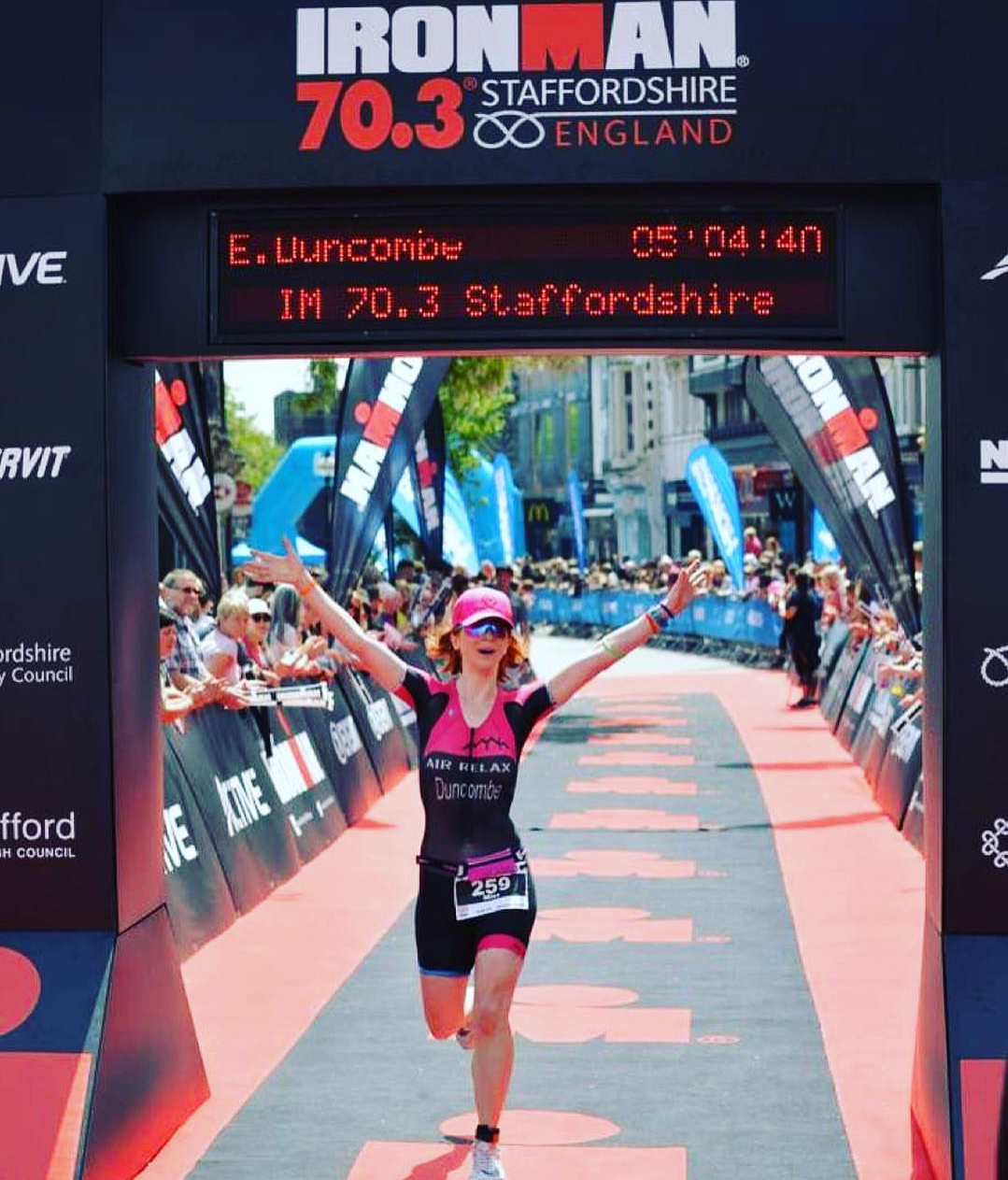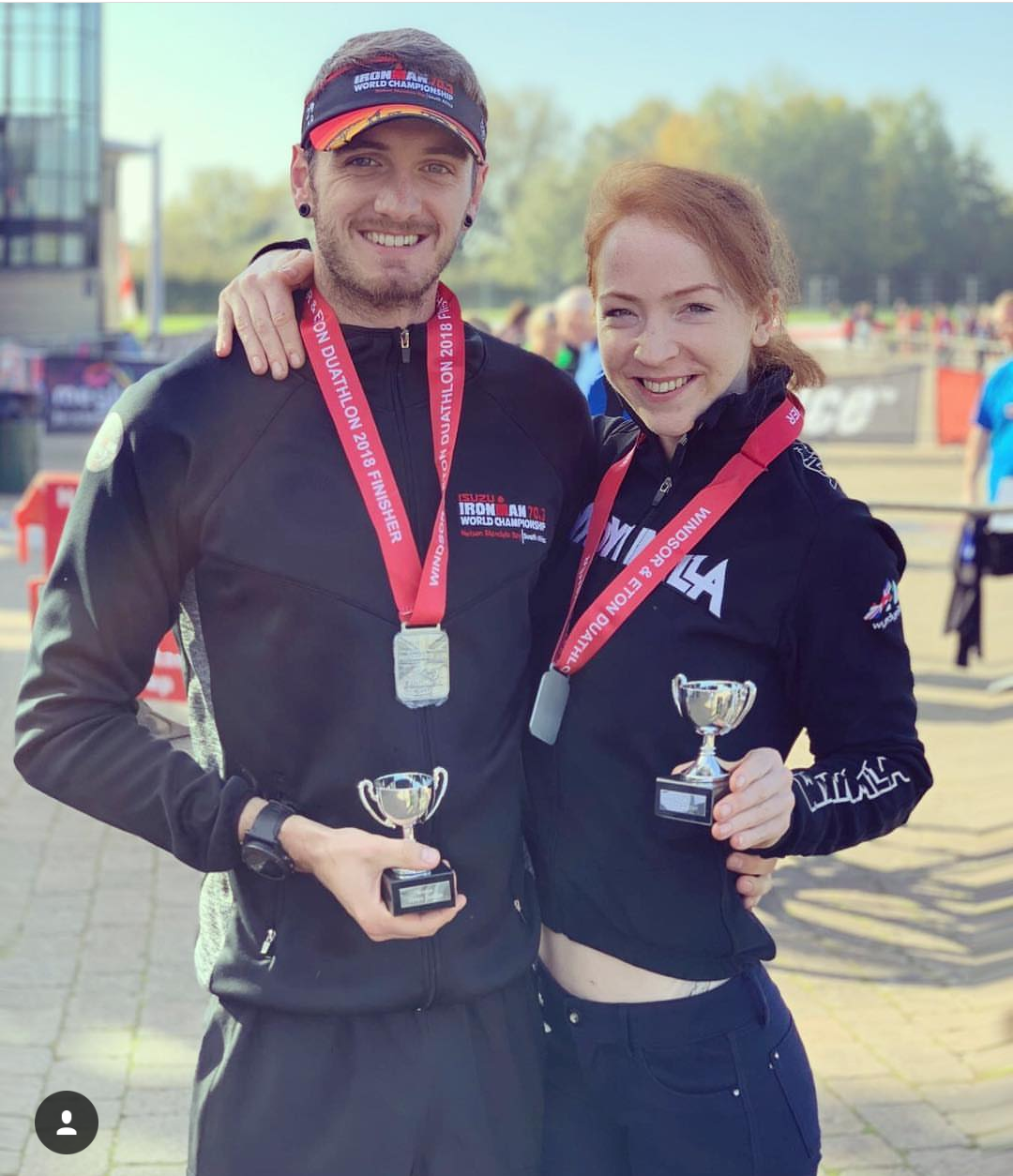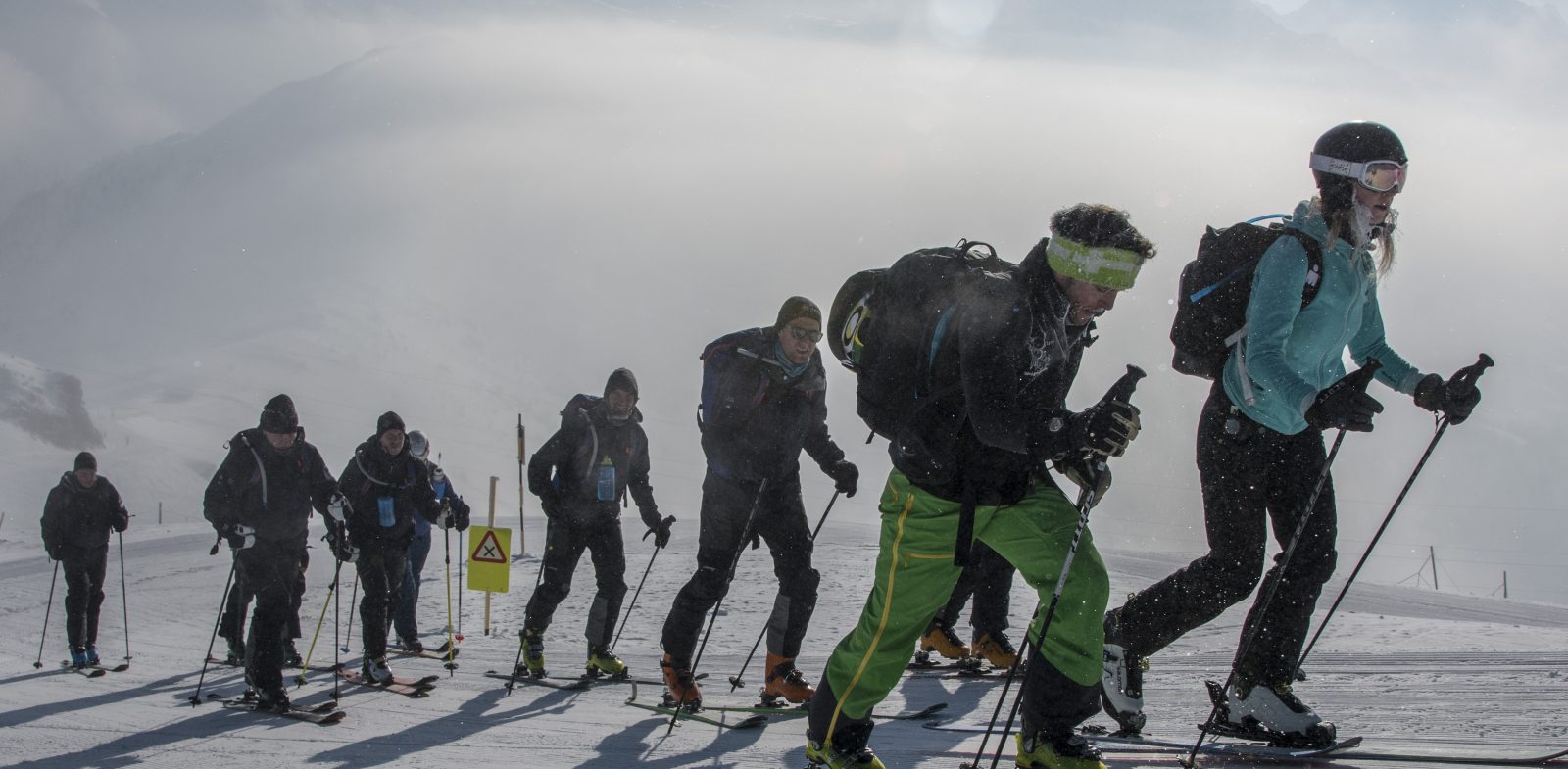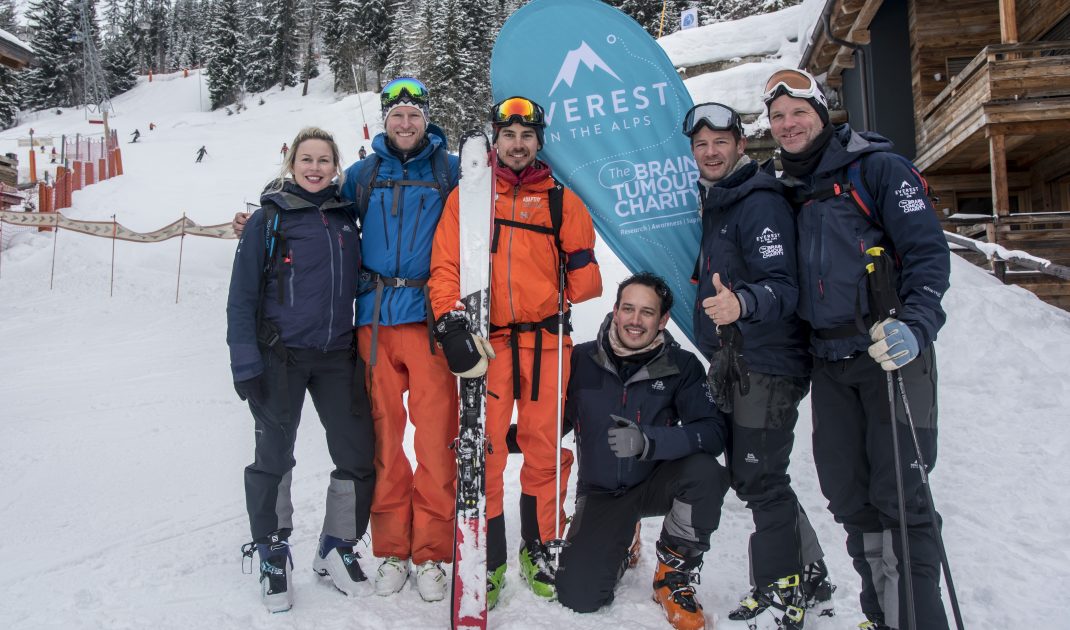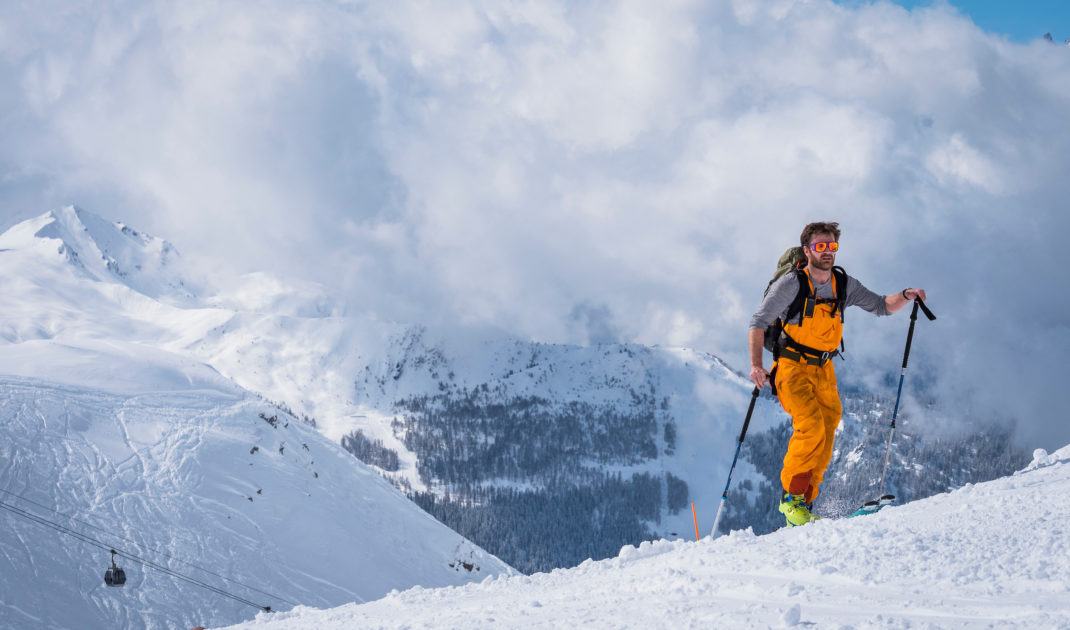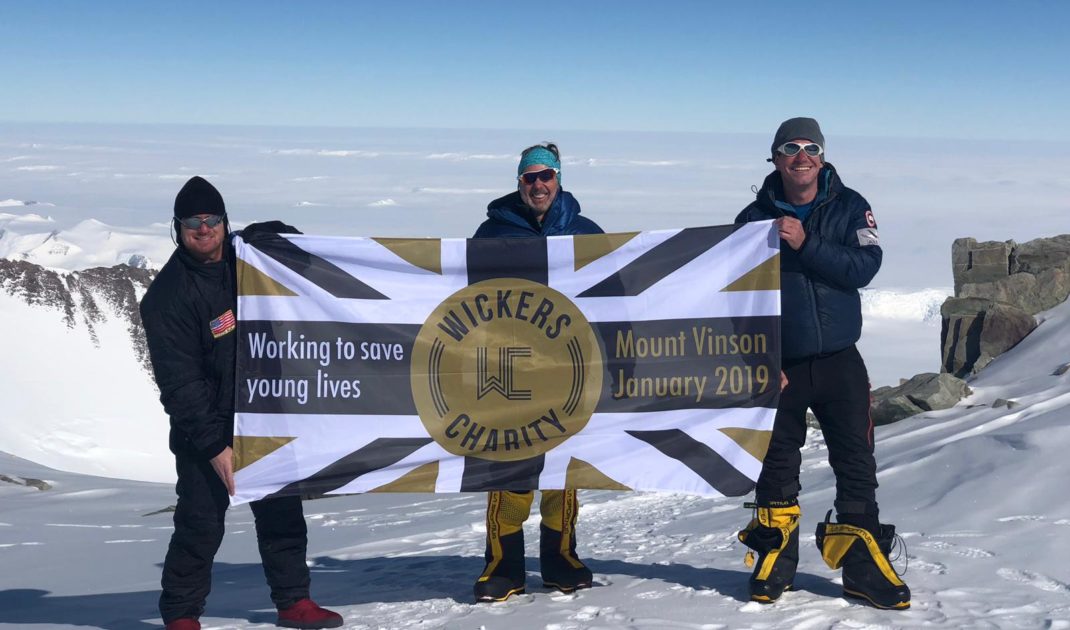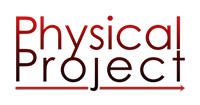Meet Lizi Duncombe: UK Ironman champion and EIA Sports therapist
Lizi, you have many strings to your bow! Physical Therapist, PT, trainee Osteopath and UK Ironman champion… Tell us more!
I used to be a bit of a couch potato and even though I worked in a gym, I’d binge on junk food and drink wine every day because that was my lifestyle, until one day I decided to turn it all around. I was only 25 and didn’t want to live like that. I began the transformation with a year of rowing which was 8-10 hour weeks of training – at the time I thought it was hard but while I was managing a rowing injury in 2016 I started running and gave cycling a go but was terrified of cars and had no confidence.
One day I started talking to a 60 year old colleague at Clinic that had recently done an Ironman. He convinced me that if I trained with volume and a low heart rate I could build my fitness without getting injured so I read a book by a genius called Dr. Maffetone and set off to train do an Ironman.
I met some incredibly inspiring people in the process and grew more and more ambitious. I got round and did ok in my first year but as a competitive spirit I wasn’t doing it to ‘just get round’, I wanted to compete against the best. I wanted to qualify for world championships to compete against the best in the world.
I had a complete diet change at the start of 2018 and started eating a lot more veggies and a lot less sugar. I started the year back to basics just doing low heart rate training and bringing back up the volume and then did my first Duathlon of the year in January. I ended up 2nd place on the podium with a huge PB and started having some self belief that I could achieve what I set out to do. I carried on consistency through to June hardly thinking about my next Ironman because I was so focused on my exams but I still ended up 2nd on the podium there too with the fastest overall female bike split and qualified for 70.3 world championships in South Africa where I ended up coming 12th in the world and 1st in the UK.
This December I’m racing Ironman Argentina in the hope to qualify for Kona 2019 and if that happens then I will have achieved everything I set out to do in my second year. Who knows what’s next.. perhaps I can get good enough to win a pro License and race for a living but until then I will continue to enjoy an incredibly rewarding job working with my own athletes with rehabilitation and strength and conditioning.
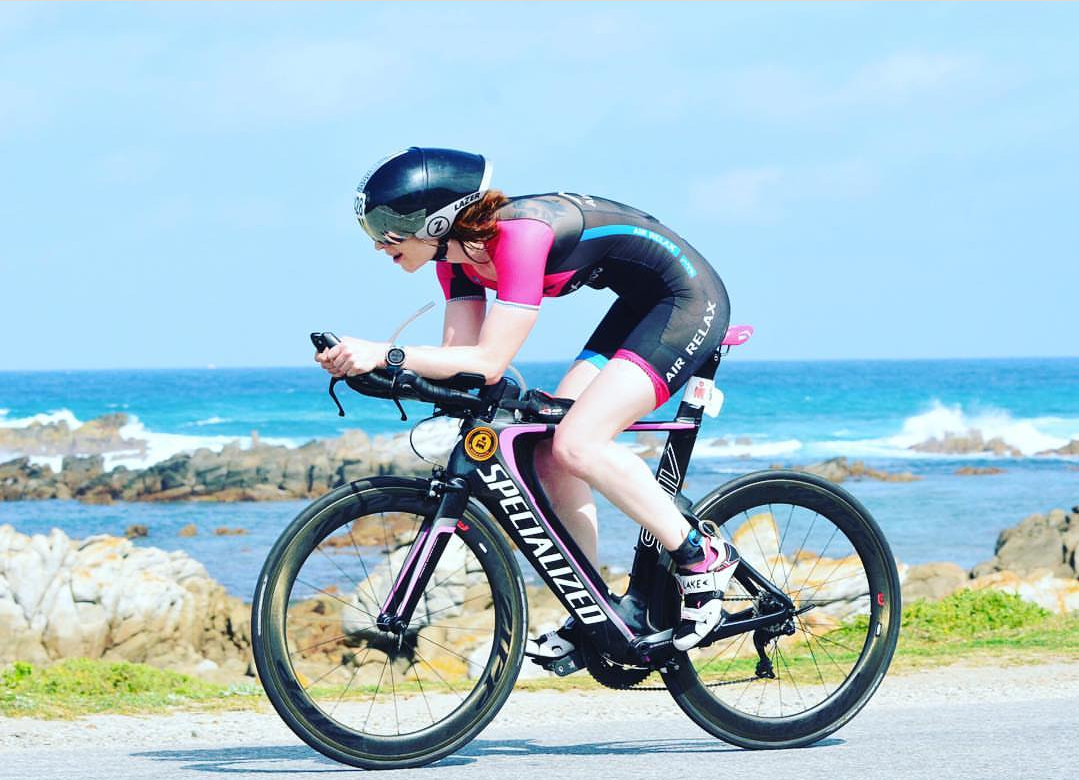
How did you get involved with the Everest in the Alps challenge and what were you there to do?
I was lucky enough to get asked to work as part of the Physical Project team rehabilitating the Everest teams in the mountain huts at the end of each day but even luckier to be asked to join in!
I just assumed it would be quite easy walking in the mountains but easy was not the word I would use to describe what I experienced.
Most of the teams were just ordinary people, not ultra fit athletes, although they had trained hard to prepare; How did their bodies respond to the challenge?
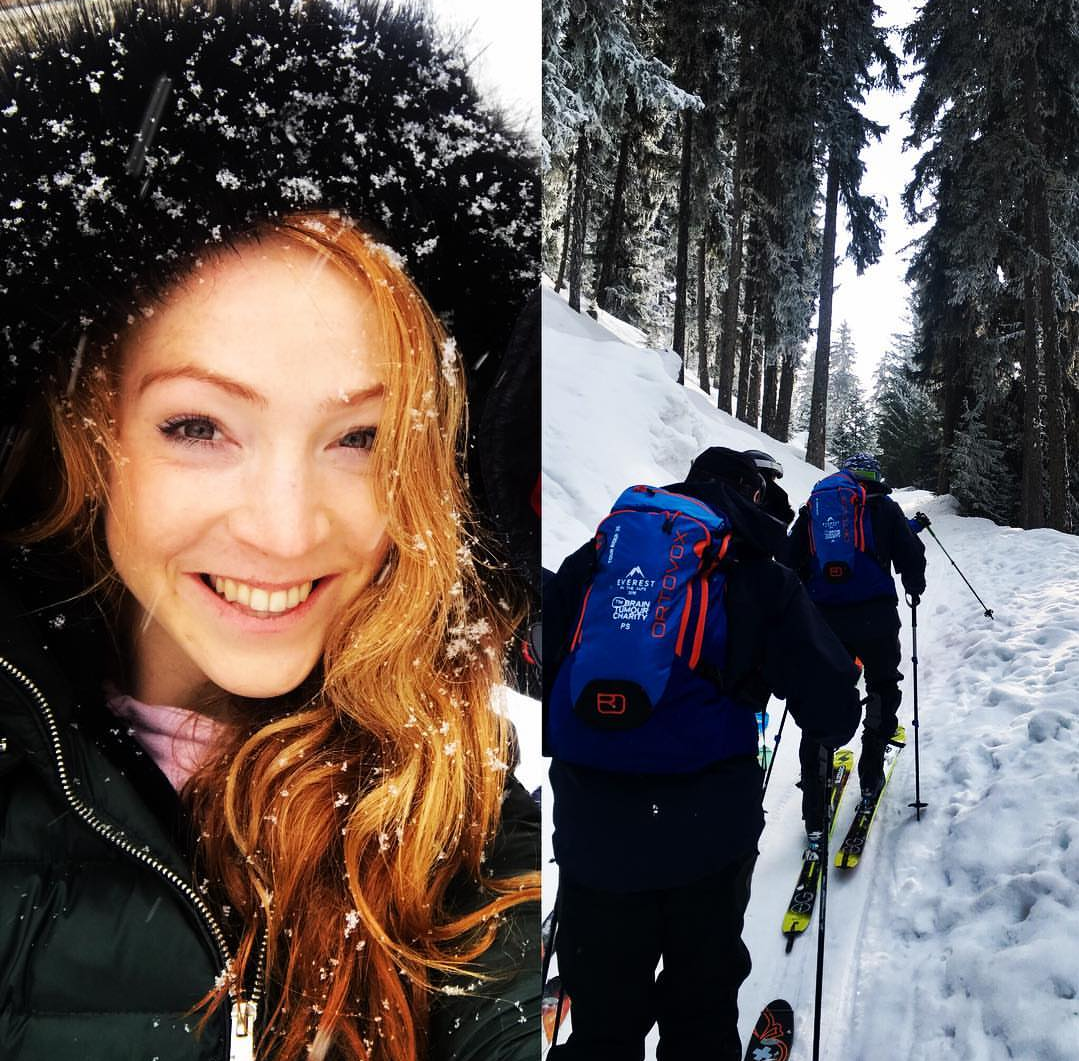
What was the biggest issue for most of them? I hear the blisters were a big problem!
Right! Blisters were a big problem and almost to the point it was unbearable. Very important to wear good quality walking socks to keep the feet as dry as possible.
Some of the teams used Compede to cover over blisters but the problem with that is that it adds an extra layer over the skin the rubs even more into the boot and keeps the blister moist so I was constantly taking Compedes off people in the evening and drying blisters up with TCP. Not fun!
Most people found that they got super tight IT bands which is basically an extension of the glute, that extends down to the outside of the knee and as most of the groups were beginners they’re were not used to the amount we use our glutes in walking up hill/ forward lunging so there was a lot of compensation going on down the leg and its hard to prepare for that. All manageable though.
The teams actually dealt psychologically with these things very well because stopping wasn’t an option as they didn’t want to let their teams down and at the end of the day, the level we perceive pain is controlled by the brain so the attitudes that the teams had to get through were amazing.
Lastly another big issue was the skins that we stuck on our ski’s to climb with. If the underside got too cold or wet they would freeze and wouldn’t stick. The guides were very prepared for that though and had tactics such as keeping the skins around body temperature so that that wouldn’t happen, occasionally using tape if needed.
What advice would you give people taking on the challenge in 2019? Any training tips to give them the edge?
1. Glutes glutes glutes! Exercises to fire up the glutes so that they don’t let you down when you need them!
2. Making your body efficient at fat burning so that you don’t rely on too many energy gels throughout the day, as they can upset your stomach. Fasted training sessions is a good idea within reason.
3. Use your resources. They are the best!
4. Make sure you’re up to scratch with downhill skiing as you will need it.
5. Sleep is a big part of recovery. Snoring was a big problem in the rooms so ear plugs/ nasal spray is a good idea!
What’s next for you? Do you have any exciting challenges on the horizon?
I’m currently training 15 – 20 Hours a week for Ironman Argentina which is in December. Trying to do lots of indoor training without a fan to stay used to warmer temperatures while is getting cold outside in London.
I’m aiming for World Championships again next year to work my way down the global rankings.
Also I’m quite average at swimming so I really need to work on my swim to get to the level I need to be. So 4 hours a week in the 25m pool for me, just training to be comfortable in a liquid environment and to manage the breathing.
I’m confident with the consistency it will come!!
You can keep up with Lizi’s adventures on Instagram: @missfitnesslondon
